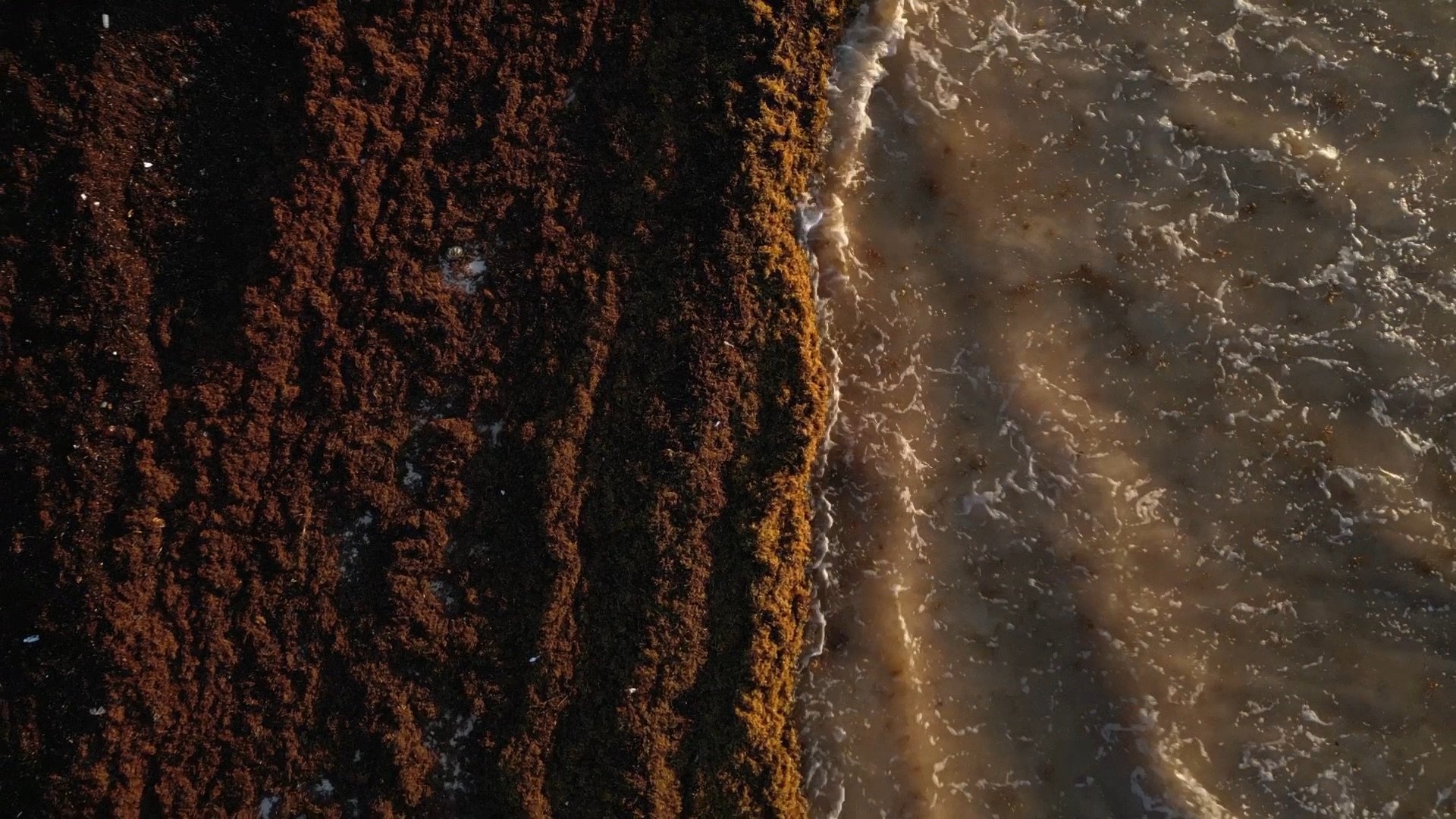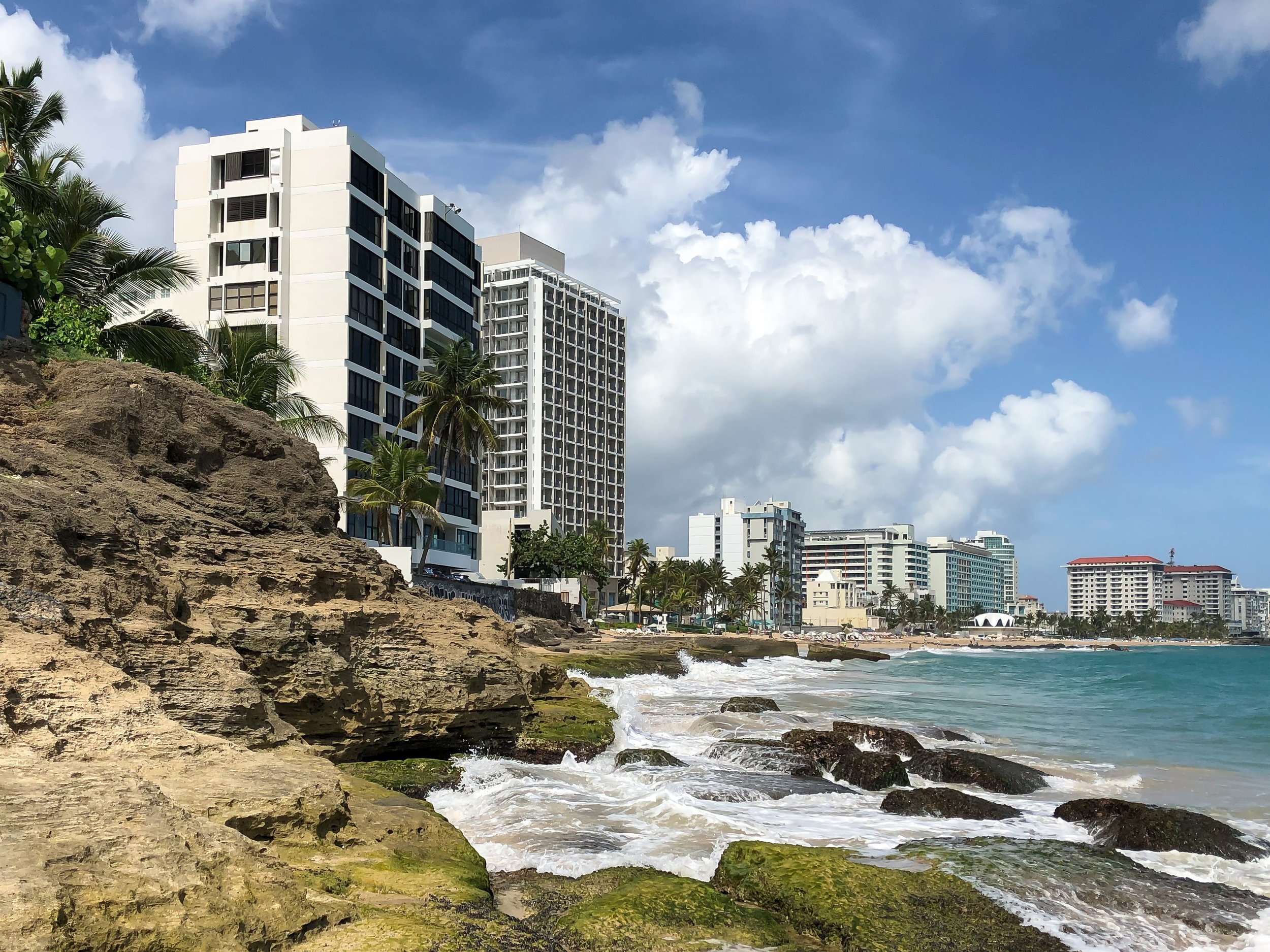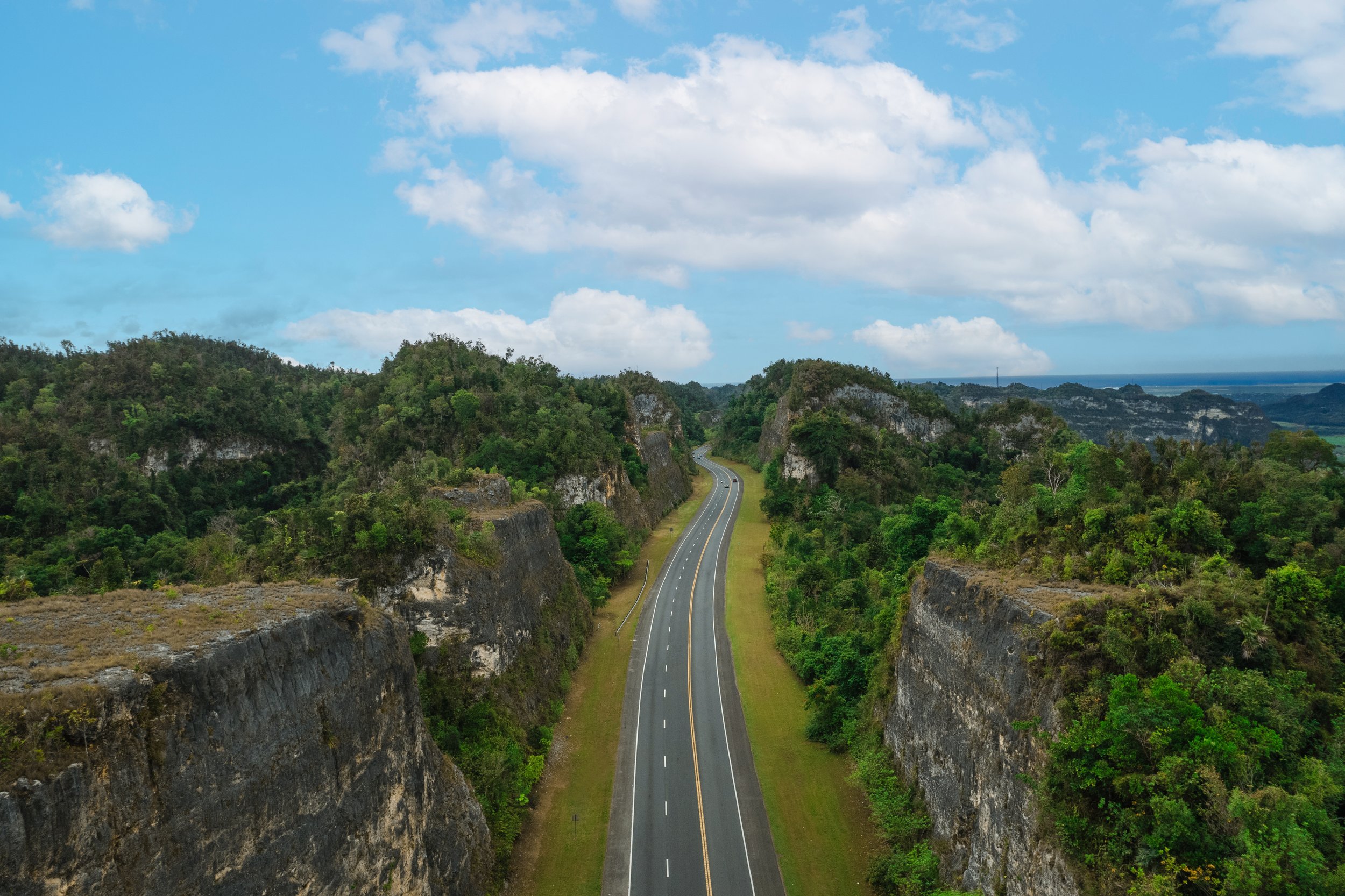
Spearheading game-changing solutions to transform excess items in Puerto Rico

The Project
Puerto Rico Studio
InvestPR and Newlab have co-designed pilot projects to serve as proof cases, breaking new ground for technologies that can turn excess materials into new markets and products.
Countries around the world often need help managing their excess materials. Puerto Rico is no exception. Businesses and households on the island produce more waste per capita than the United States average. Fortunately, organizations worldwide are pioneering game-changing technologies that see waste beyond its end-of-life stage. They’re working so that items typically considered nuisances don’t have to be part of dangerous landfills anymore. Instead, they can become something new: sustainable products, opportunities for new jobs, sources of economic growth, and a hub for groundbreaking innovation.
Puerto Rico’s situation makes it an ideal launchpad for pioneering new tech that facilitates the conversion of items that often end up as waste into high-value-added products, contributing to the island’s economic development.
Beyond helping solve a local issue, the long-term goal is to make Puerto Rico a blueprint for these technologies, exporting our best solutions to other regions that need creative, sustainable approaches to managing their waste.

Why Puerto Rico?
Puerto Rico is an ideal testing ground for forward-thinking waste management solutions.
Implementing more efficient waste management practices is a top priority for sustainable economic development in Puerto Rico.
Several private and public entities on the island have worked to identify solutions that could help alleviate stress points in Puerto Rico’s waste management infrastructure.
InvestPR and Newlab have joined forces to collaborate and build on current local efforts to convert several streams of items that frequently end up as waste into value-added products.
These waste streams are significant in volume, so they could create cost-effective and scalable models to produce waste-sourced materials.
Puerto Rico, as well as businesses on the island, has a unique opportunity to be at the forefront of these excess-to-value conversion technologies, becoming a hub for sustainable innovation in the Caribbean and beyond.

Streams of Excess
We've identified three key streams of excess materials in Puerto Rico.
Tires
For a small island, Puerto Rico has a high number of vehicles per household. Some estimates indicate that up to 18,000 tires are discarded daily in Puerto Rico. If not appropriately managed, discarded tires can become safety and public health risks. Tires are highly combustible, posing a safety hazard and creating an ideal environment for stagnant water, increasing the spread of mosquito-borne diseases.
We will tackle this dangerous threat as we explore the potential of converting used tires into recycled carbon black (rCB), which can be used to fabricate new tires and other rubber products.
Plastics
Plastics are one of the most common materials produced and consumed worldwide. Synthetic plastics are highly carbon-intensive materials to create. Without proper management, excess plastic production –without having end-of-life management systems in place– can have dire effects on our environment.
Puerto Rico has plastic recycling systems in place, but there are areas for improvement to maximize their potential. We are seeking ways to convert recycled plastics to help sustainably scale our recycling ecosystem.
Sargassum
Sargassum is a brown algae that blooms and floats in high quantities in the Atlantic Ocean. When on the water, it’s an important ecosystem for marine life. However, the effects of nutrient runoff and climate change have exponentially increased the quantity of sargassum in the last decade. Excess sargassum now washes up on shores in extreme quantities, where it decomposes and creates dangerous hydrogen sulfide emissions for coastal residents and ecosystems.
Puerto Rico’s high volume of excess sargassum could be an ideal source for bio-based plastics, fibers, and critical compounds.
Learn more about the research and learning journey behind the selection process of these product streams.

Our Cohort
We are collaborating with pioneering companies committed to converting unmanaged materials into value-added products.

Timeline
Nov. 2022 – Jan. 2023
Jan. 2023 – Jun. 2023
Jun. 2023 – Sept. 2023
Sept. 2023 – Feb. 2024
Scoping Research
Excess materials stream assessment
Excess materials streams vs. value-added product cross-reference
Preliminary ecosystem mapping
Prioritization workshop
Discovery Research
Stakeholder engagement
Market research
Innovation landscape analysis
Strategy development & research presentation
Synthesis workshop
Convene
Scouting
Recruiting
Applicant scoring and engagement
Scoring workshop
Pilot
Pilot design
Cohort onboarding
Pilot implementation
Post-pilot learnings
Get in Touch
For inquiries and collaboration opportunities, don't hesitate to contact us using the form below.







